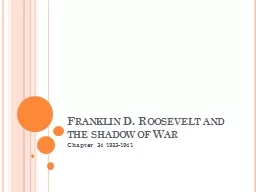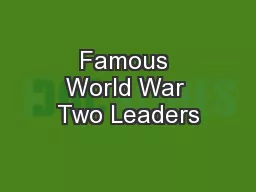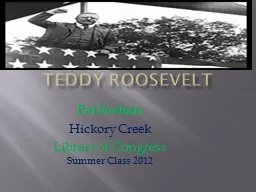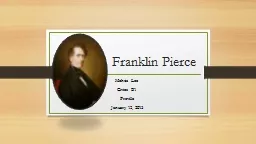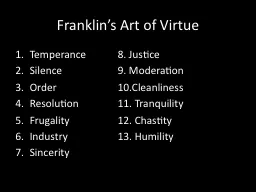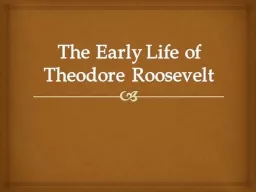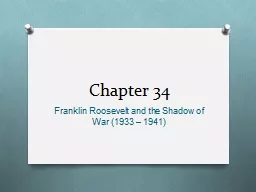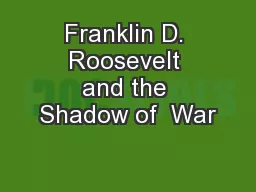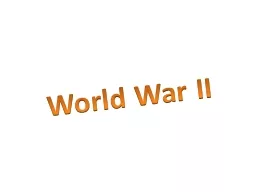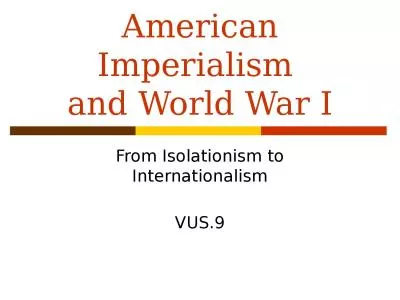PPT-Franklin D. Roosevelt and the shadow of War
Author : phoebe-click | Published Date : 2018-09-24
Chapter 34 19331941 Intro Americans in the 1930s tried to turn their backs on the worlds problems the only battle Roosevelt sought was against the great depression
Presentation Embed Code
Download Presentation
Download Presentation The PPT/PDF document "Franklin D. Roosevelt and the shadow of ..." is the property of its rightful owner. Permission is granted to download and print the materials on this website for personal, non-commercial use only, and to display it on your personal computer provided you do not modify the materials and that you retain all copyright notices contained in the materials. By downloading content from our website, you accept the terms of this agreement.
Franklin D. Roosevelt and the shadow of War: Transcript
Download Rules Of Document
"Franklin D. Roosevelt and the shadow of War"The content belongs to its owner. You may download and print it for personal use, without modification, and keep all copyright notices. By downloading, you agree to these terms.
Related Documents

